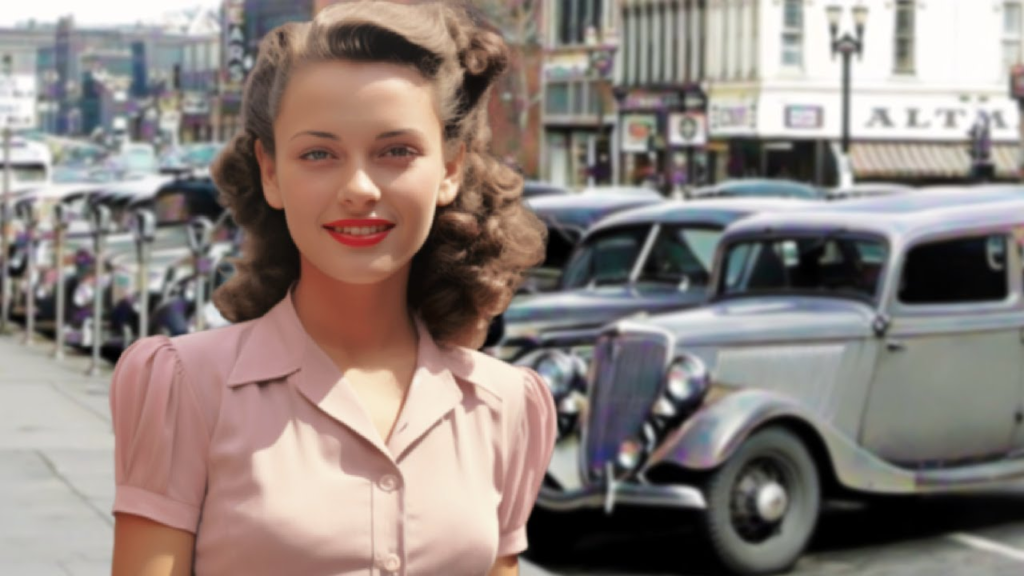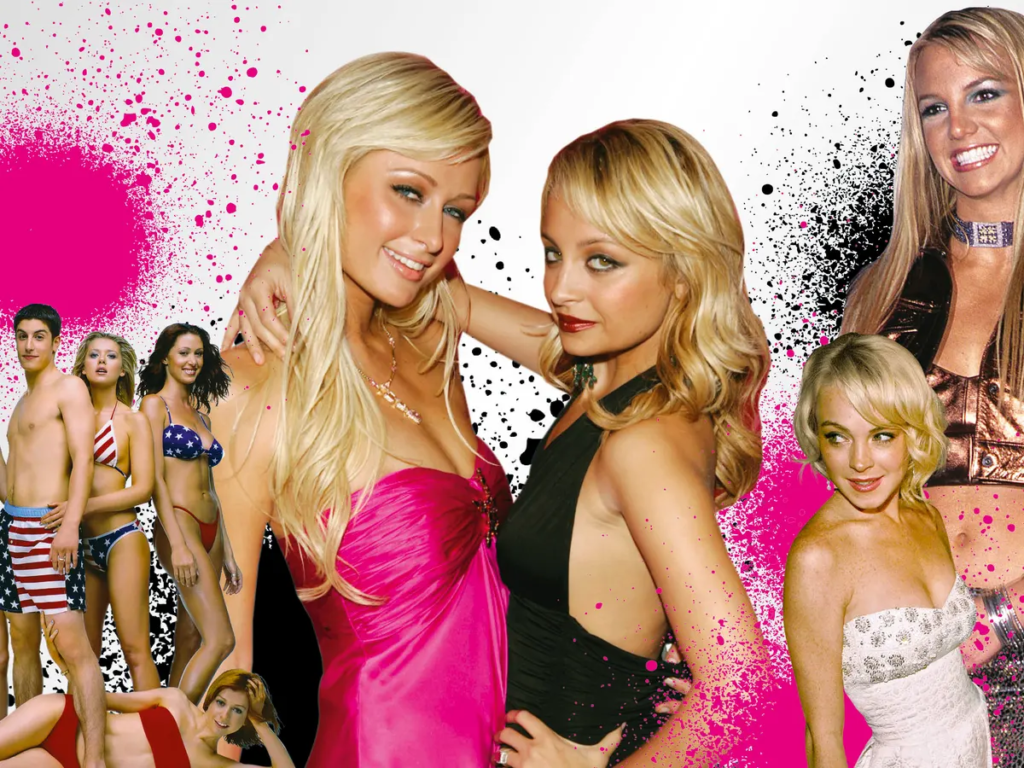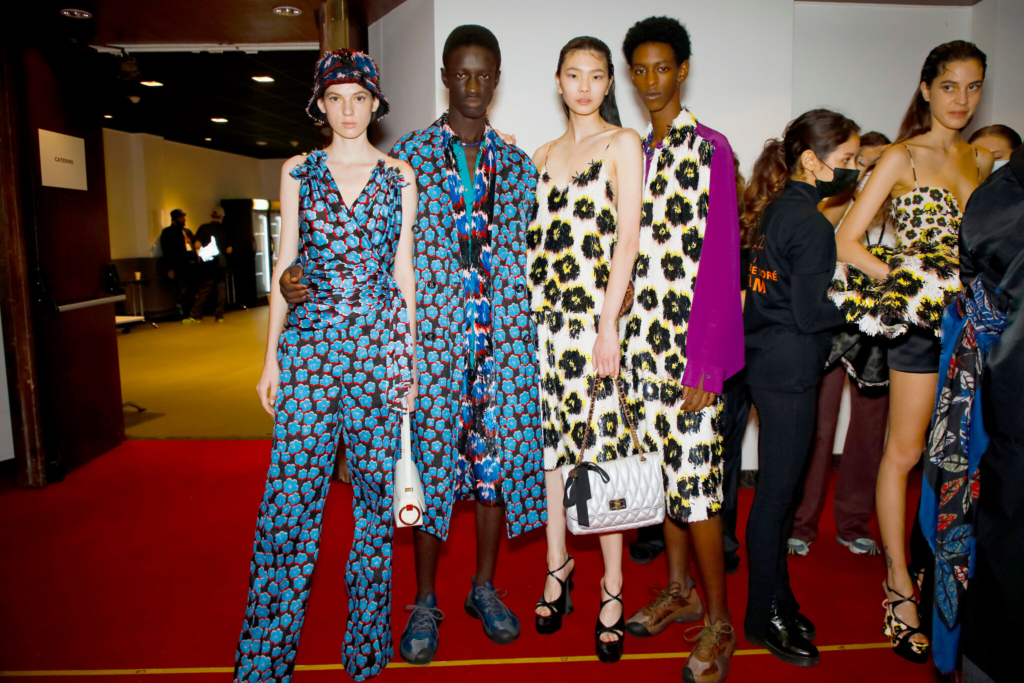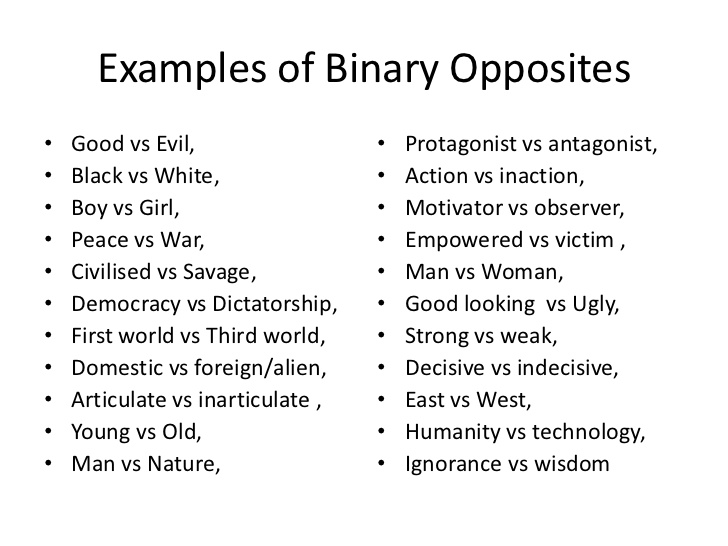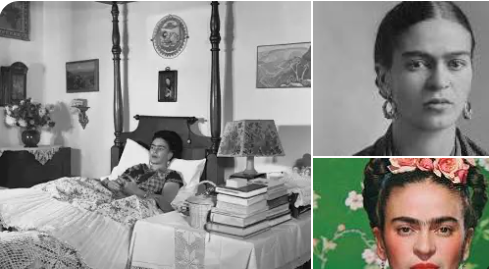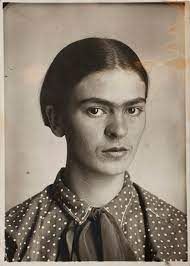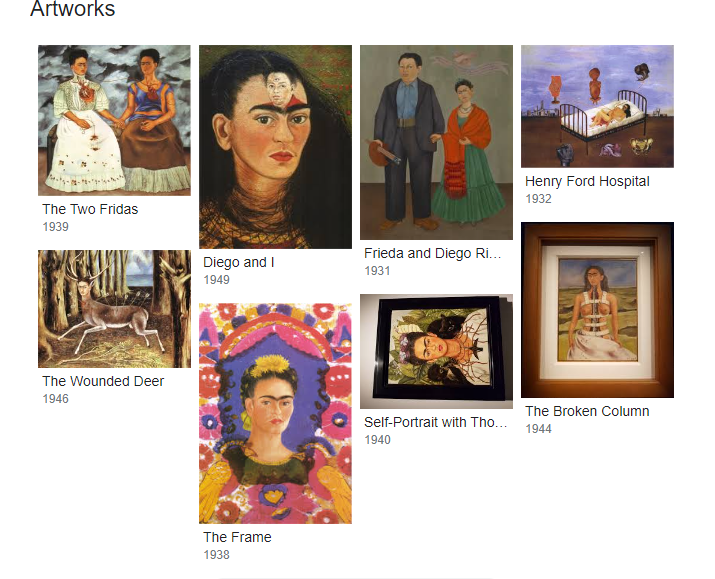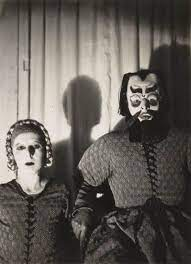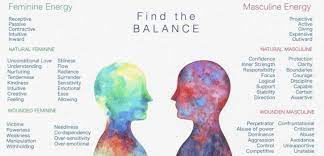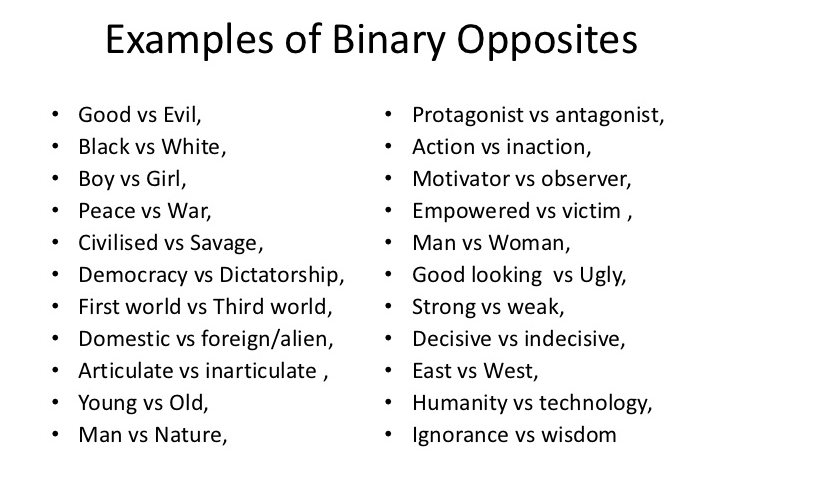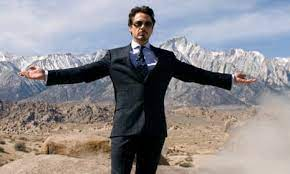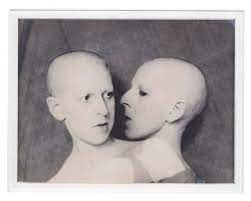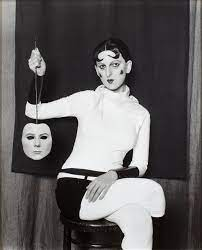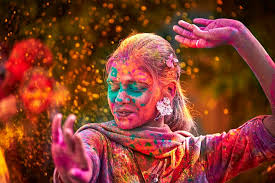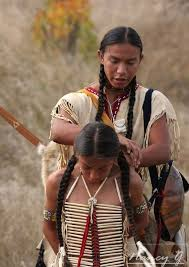“handsome, muscled, and driven, he’s a prime example of masculinity”
Femininity : femininity is defined as qualities or attributes regarded as characteristics of women or girls.
Masculinity : masculinity is defined as qualities or attributes regarded as characteristics of men or boys.
Masculinity theme
Masculinity = social expectations of being a man: The term ‘masculinity’ refers to the roles, behaviours and attributes that are considered appropriate for boys and men in a given society. Masculinity is constructed and defined socially, historically and politically, rather than being biologically driven.
Male stereotypes –
- Powerful
- Strong
- Tough
- Independent
- Assertive
- Leaders
- Courageous
- Dominant


Men are generally expected to be strong, aggressive, and bold. Every society, ethnic group, and culture has gender role expectations, but they can be very different from group to group. They can also change in the same society over time.
Men are seen to be strong minded, not emotional, to look after the house or people around them, powerful, dominant or in control, very independent tough and aggressive when provoked or questioned. This could could bring a lot of pressure on men to not do the wrong thing and not make any mistakes.
There is also a thing called binary opposite’s.

As you can see, men and women are a binary opposite and have many opposite characteristics which makes it harder for people to accept them.
MASCULINITY HISTORY
In the 1950s, males purpose was to make the money and living for the family but still able to go to the work environment meanwhile the female looked after the children. The male was to make a family and be powerful and strong minded enough to do both. This could’ve created a lot of pressure on men as they also have the stereotype to not express emotions.
What is the difference between masculine and feminine posing?
A closed or clenched hand tends to be more masculine while a relaxed or lightly curved hand has a feminine inference. Unlike feminine poses, masculine poses avoid softening the pose with rounded shoulders or exaggerated shoulders, hips, and legs.
What makes a pose masculine?
Stereotypical male model poses all involve making the man look fierce. Anything that can be done to convey power and dominance should be included in the pose. While females are always looking for ways to emphasize curves, men are looking for hard angles and straight lines.
What makes a pose feminine?
Create Curves-They’re what make most women feel feminine. Highlighting a female model’s curves also has the added benefit of making the waist look more defined. In standing poses this can be achieved by having the model put her weight on her back foot. Add in a knee bend away from the camera .



